Both Green Berets and Army Rangers are among the strongest special operating forces in the world. But what makes them different from each other?
The differences between Green Beret Vs Ranger is that they have different training sessions and specializations, leading to distinct modes of operation.
The goal of this post isn’t to evaluate which is the superior option. It’s more of a comparison and overview of the two powerful forces. Let’s read on to discover!
What Is The Green Beret?
Green Berets are a part of the US Special Forces that assist in restoring and protecting the country’s stability and peace.
Established in 1952, they have engaged in battles such as the Cold War, the Gulf War, the Korean War, the Iraq War, World War II, and the Afghan War.
Their symbol is a white and black bow with two arrows embroidered on their uniform.
In the United States, approximately 7,000 Green Berets are working diligently every day to serve their country.
The Green Berets are one of the world’s toughest army forces. All the soldiers have gone through training courses about sniper assaults, guerilla warfare, and other nontraditional warfare tactics.
You can easily recognize them with their dark green uniforms and the badges on their shoulders.
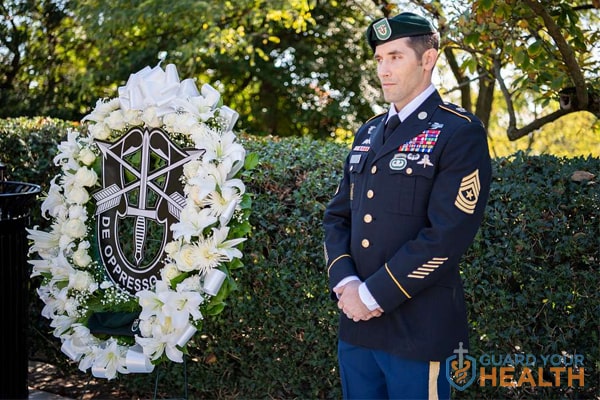
What Is The Army Ranger?
Army Rangers are also a part of the US special forces that help recover and protect the nation’s peace and security.
Founded in 1943, this force has served in numerous wars, including the Panama War, the Vietnam War, the Kosovo War, the Persian Gulf War, Operation Enduring Freedom, and Operation Anaconda.
The Army Special Operations Command of the USA is in charge of this unit. There are about 3,600 rangers for them to command.
Their emblem, which is red, blue, and green with a lightning symbol, lies on their camouflaged outfit.
Army Rangers are small military units. They gather to join in missions such as assaults, airfield attacks, direct action, and so on.
Although not as much as the Green Berets, they go through a tough training regimen and have more training sessions.
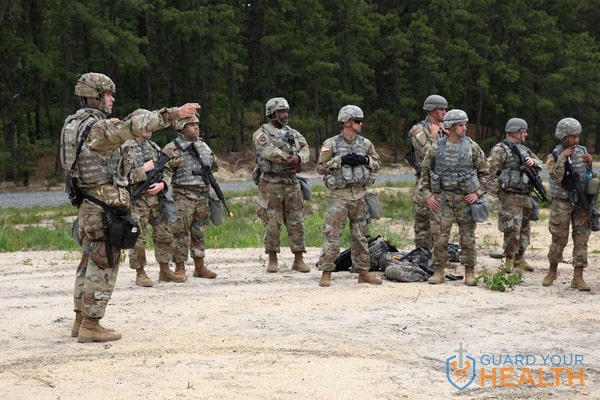
Differences Between Green Beret Vs. Ranger
Both play vital roles in the US operating forces. However, they aim for different missions and work with their own mottos.
History
First, let’s travel back in time and learn how each unit formed and what they did in the wars.
The Green Berets as we know them today began in the early 1960s, during the Vietnam War’s initial stages.
After standard military strategies failed in the unfamiliar rugged terrain, the force stepped up.
They were in charge of preparing the South Vietnamese for unconventional war (also called guerrilla warfare).
They have fought in every famous—and many unfamous—conflict the United States has gotten involved in since the Vietnam war.
On the other hand, the history of the United States Army Ranger goes all the way back before the Revolutionary War.
Maj. Robert Rogers and Capt. Benjamin Church both organized Ranger regiments in the mid-1700s.
The history of the 75th Regiment dates back to Rogers’ rifle companies, which launched long-range strikes on French soldiers and their Indian allies.
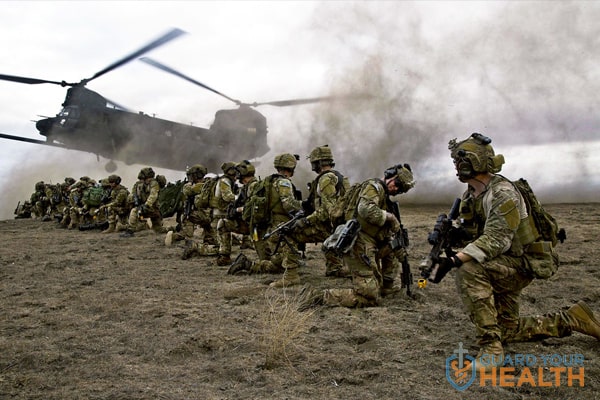
Motto
A military motto is more than a catchphrase; it symbolizes each unit’s history and heritage of service to the nation.
The motto of the Rangers is “Rangers Lead the Way.” Meanwhile, the Berets fight “To Liberate The Oppressed.”
Uniform
You can easily distinguish the soldiers from these two units by checking the color of their uniforms.
The Rangers have green uniforms with camouflage prints, whereas the Berets wear dark green clothes.
Headquarters
Although both units belong to the US Special Forces, they don’t work in the same place.
The headquarters of the Rangers and the Berets are Fort Benning, Georgia, and Fort Bragg, North Carolina, respectively.
Missions
Green Berets are unconventional warfare instructors and practitioners. They focus on five core missions:
- Counterinsurgency
- Unconventional warfare
- Direct action operations
- Foreign internal defense
- Special reconnaissance
These missions may involve specific tasks, such as training, performing reconnaissance, and equipping foreign combat forces.
On the other hand, Rangers are an exceptional light infantry regiment. They work on a large-scale force that regularly engages in joint special missions, reconnaissance missions, aerial assaults, or search and rescue tasks.
You can consider them a smaller, more highly skilled, and more mobile form of an Army unit dedicated to particular missions.
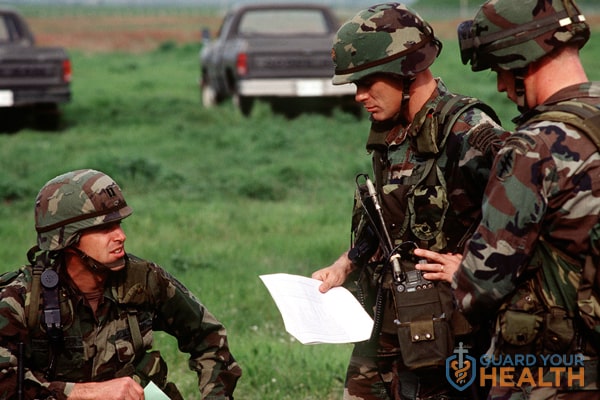
Selection process
The missions of each unit are different. To make sure that the soldiers are eligible for their tasks, they have to go through a training course.
- Green Beret
The training course in this unit is much more challenging and complicated. There are six phases in the program.
Phase 1
Phase I lasts seven weeks and provides the course introduction and Special Forces background.
During that period, students learn everything from strategic planning and decision-making and an overview of how SF functions across the world.
Phase 2
Phase II works on culture and language training. The applicant spends 18 to 25 weeks at the Defense Language Institute.
Phase 3
Advanced shooting and urban operations are among the skills covered at this level.
A student must complete a five-day exam (SERE) at the end of the program.
Phase 4
MOS, which means Military Occupational Specialty, training takes place in this stage. Each soldier becomes one of the following roles: medic, weapons specialist, engineer, or communications specialist.
Phase 5
This stage puts all of the applicants’ skills to the test they’ve learned in the previous stages.
Phase 6
The graduation phase is when a student receives his Green Beret and enlists in the US Special Forces.
- Ranger
The training course of this force is shorter and simpler. You will go to the RASP and train yourself there.
RASP lasts eight weeks, divided into two four-week periods, and there are two phases included.
Phase 1
The training phase includes 6 to 12-mile ruck walks with a 50-pound backpack, 5-mile runs, medical tests, and psychological assessments.
The day and night navigation exams, according to some, are the most difficult part of this phase.
The candidates must walk to a destination using just a map and a compass, sometimes as a team and sometimes alone.
Phase 2
This phase begins with marksmanship, combat driving, tactics, and some breaching and explosives practice.
If you pass RASP successfully, you will have a tan beret, a signal to the public that you are a legitimate Army Ranger.
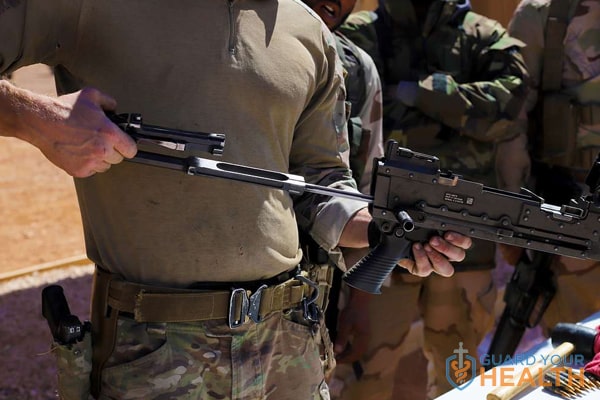
Comparison table
We’ve compared and contrasted the two powerful US army forces. Now, it’s time to sum up!
| Criteria | Green Beret | Ranger |
| History | Founded in 1952 | Founded in 1943 |
| Motto | To Liberate The Oppressed | Rangers Lead the Way |
| Uniform | Dark green | Green |
| Headquarters | North Carolina | Georgia |
| Missions | Direct actions, sniper attacks, reconnaissance, guerrilla attacks, and so on. | Direct actions, counter-terrorism, invasions, overseas international defense, and so on. |
| Selection process | 6 phases | 2 phases |
Frequently Asked Questions
Now the differences between the two US army units are clear. The following questions and answers will give you more information about them.
1. Is Army Ranger Special Forces?
Yes, this unit is a part of the Special Forces. The soldiers are combat specialists that engage in attacking enemy territory.
2. Do Army Rangers see combat?
Contrary to popular belief, there are few chances to witness a battle in the army. If you’re an infantry soldier, you won’t necessarily see combat.
40% of military members never see combat, and just 10 to 20% of the remaining 60% go into war zones. Furthermore, the majority of them enter the ring as support troops.
3. Which is harder: Green Beret or Ranger?
Green Berets go through more intensive training. They also undergo some of the most difficult initial training in the army.
The initial examination takes a whopping 24 days, and that’s only to check if you’re eligible to attend the qualification program.
4. Do Green Berets go to Ranger school?
For the most part, Green Berets do not attend Ranger school, e Except for after they’ve made E-7. Basic, AIT, and jump school are the steps to becoming a Green Beret.
Conclusion
Army Rangers and Green Berets are two of the nation’s special operations forces.
Because of the differences in their skills and qualifications, these officers work differently. Though, they command a great deal of respect owing to their intensive training and services.
Hopefully, the comparison we have shared helps you understand the two forces deeper. For any further information, please feel free to ask.
Thank you for reading!
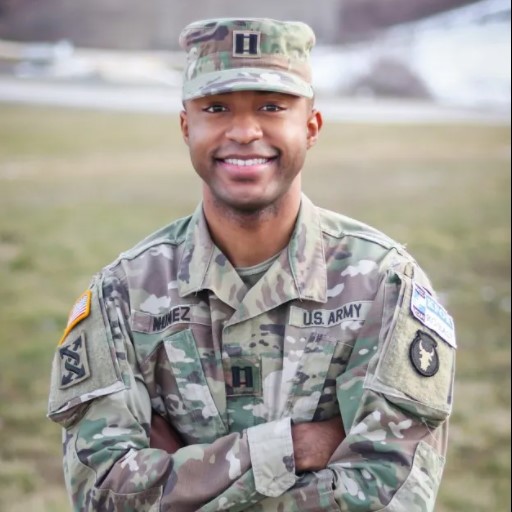
The 16th Sergeant Major of the Army, Sgt. Maj Christian Smelling was sworn in on August 11th 2009 and has held every enlisted leadership position ranging from cannon crew member to command sergent major
